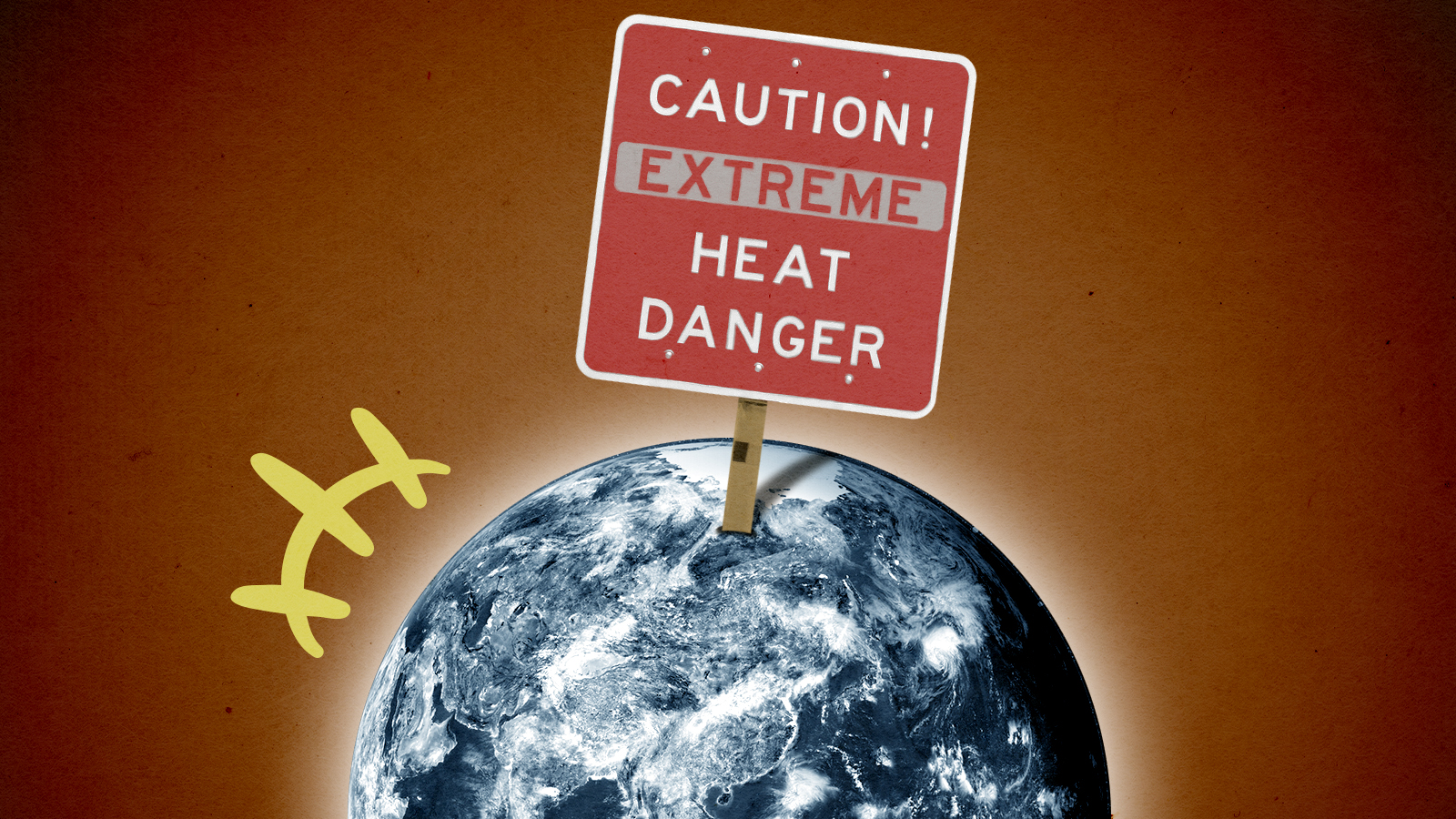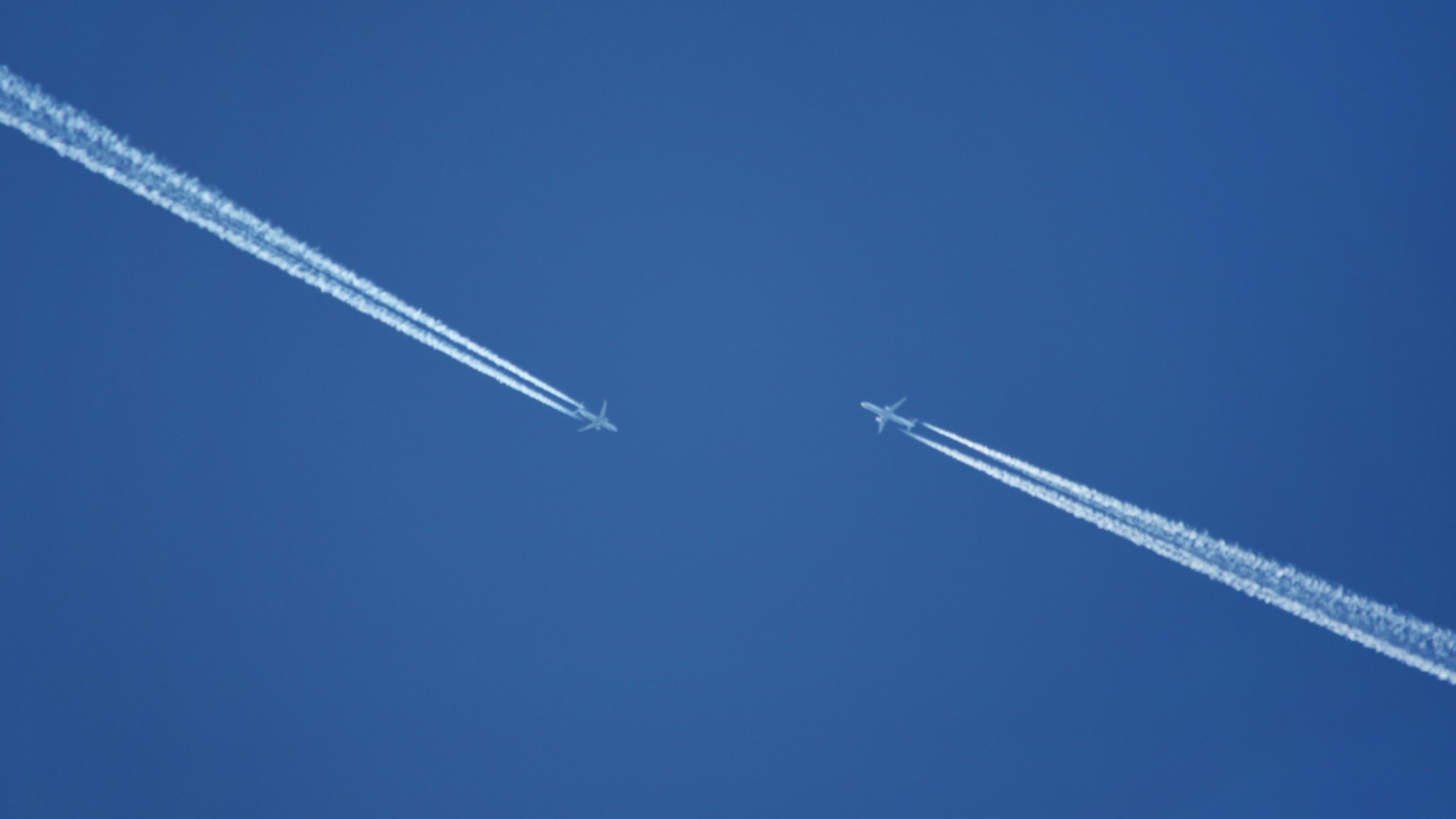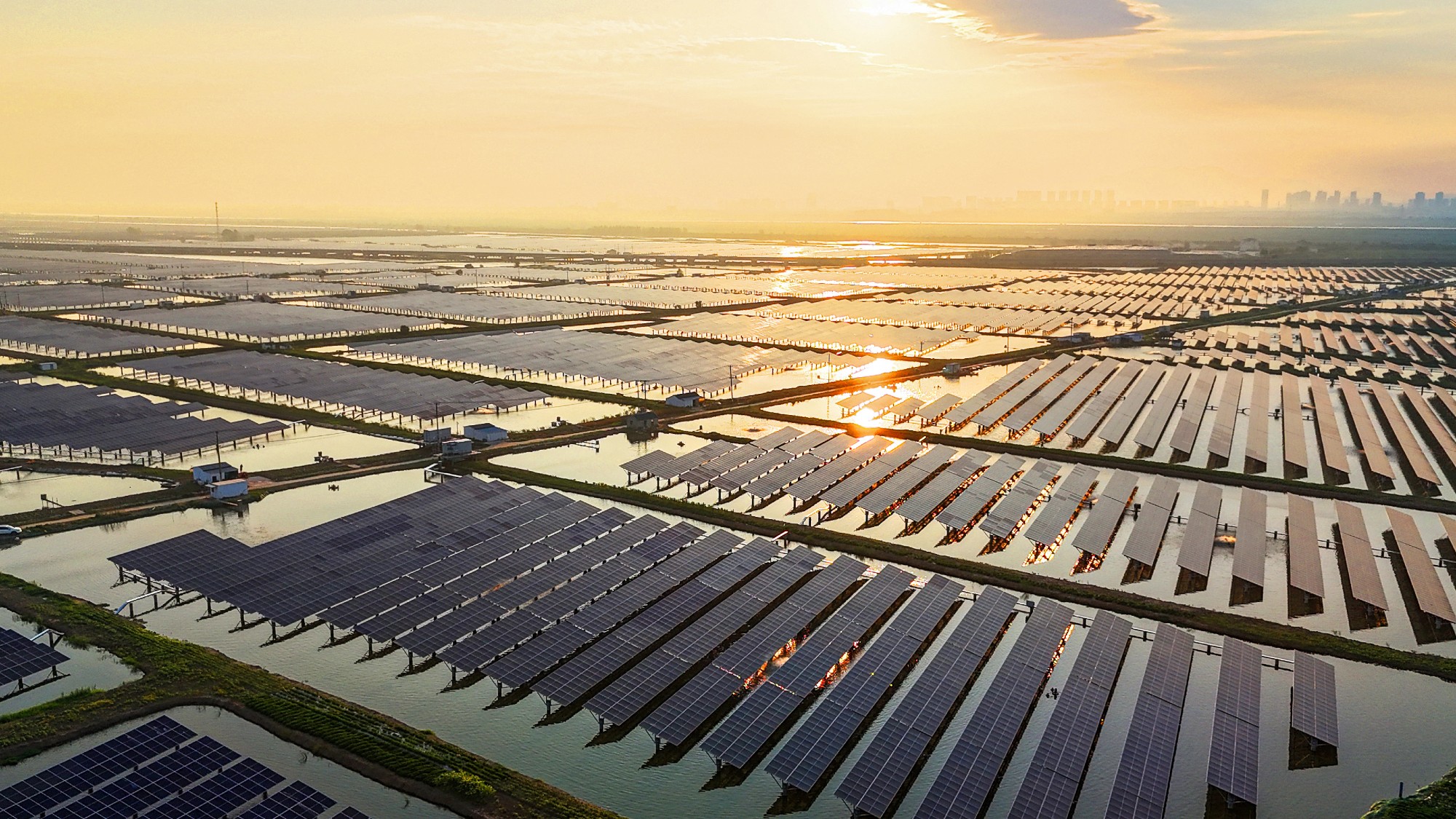2022's extreme weather
Another record-breaking year on planet Earth


California and the Southwest face soaring temperatures, severe drought — and a hotter and drier new normal. Here's everything you need to know:
What's the current situation?
The West is in the midst of a widespread drought emergency of historic intensity. Seventy-two percent of the West is under "severe" drought conditions, according to the U.S. Drought Monitor, and more than 25 percent is in an "exceptional" drought, the most extreme category. Many reservoirs are at record lows; last month Lake Mead, which provides water for 25 million people, hit its lowest level since it was filled in the 1930s. Mountain snowpack, which usually feeds reservoirs during the dry months through melting, is nearly nonexistent. And though it's not even summer yet, a record-setting heat wave baked the already parched region last week, sending temperatures up to 107 in Salt Lake, 116 in Las Vegas, and 118 in Phoenix. The current drought "is on track to become the worst that we've seen in at least 1,200 years," said Kathleen Johnson, a paleoclimatologist at the University of California, Irvine.
The Week
Escape your echo chamber. Get the facts behind the news, plus analysis from multiple perspectives.

Sign up for The Week's Free Newsletters
From our morning news briefing to a weekly Good News Newsletter, get the best of The Week delivered directly to your inbox.
From our morning news briefing to a weekly Good News Newsletter, get the best of The Week delivered directly to your inbox.
What's behind the conditions?
The immediate cause is record-low precipitation over the past year combined with above-average temperatures. In Arizona, California, New Mexico, and Nevada, the past year has been the driest on record since record keeping began in 1895; in Utah, it's the second-driest. High heat intensifies the drought; in turn, that worsens the heat as soil moisture, which normally reduces heat through evaporation, declines. Droughts in this region are cyclical, but experts agree climate change is making this one — which has already lasted 20 years — far more severe. In a study published last year in the journal Science, researchers determined that climate change made drought conditions 46 percent worse between 2000 and 2018. We're "living in a new climate," said Stanford University climatologist Noah Diffenbaugh, "in which these water deficits primarily result from the influence of warming temperature."
What are the consequences?
Farmers deprived of water can't grow their crops. "We're looking at an absolutely catastrophic year," said Ryan Jacobsen of the Fresno County Farm Bureau. In New Mexico, vast swaths of farmland are being taken out of use at the urging of state officials; in California, up to a million acres of farmland could go unused this year, at an economic cost of billions. Many of the 2 million Californians who rely on well water may find no groundwater to tap. Electricity production from dams has dropped, and a hydropower plant at California's Lake Oroville faced a possible shutdown due to plummeting water levels last week, even as scorching temperatures strained the power grid. Perhaps most ominously, the tinderbox conditions threaten a cataclysmic wildfire season that could surpass even last year's. All of these conditions are deeply worrisome for this summer — but they're part of a broader trend that could spell trouble for the region's future.
A free daily email with the biggest news stories of the day – and the best features from TheWeek.com
What is the broader trend?
Scientists suspect the Southwest is in the grip of a "megadrought" — a severe drought that lasts for decades. In a study published last year, scientists who analyzed ancient tree rings identified four such megadroughts over the past 1,200 years, and said the one underway may equal the worst of them. And climate change may keep this drought locked in. Many scientists now speak of "aridification" instead of drought, to indicate a permanent condition instead of a passing problem — a new normal. To make matters worse, the megadrought arrives at a time when the Southwest's population is booming. Arizona, Nevada, Texas, and Utah are all among the fastest-growing states in the nation. "We've always been dry, but we didn't have all these people," said Ed Bowler of St. George, Utah, where the population has grown nearly sevenfold since 1980.
What can be done?
Communities are going to have to adapt to a hotter, drier new reality, which means making some hard choices. The region needs to "drastically increase our conservation and rethink how we are using almost every gallon of water," said John Entsminger, general manager of the Southern Nevada Water Authority. There may have to be fewer farms in the Southwest, with water rights "transferred from agricultural to urban usage," said Utah State University ecologist Michelle Baker. Water-intensive landscaping of grass and bushes will need to give way to less thirsty native plantings, driven by laws like one in Nevada that newly prohibits "decorative turf." States will have to figure out how to live with smaller water allocations from the diminished Colorado River, which serves 40 million people over seven states. Some experts are optimistic that the region can adapt, but others are less sanguine, pointing out that climate change is only going to accelerate. "It's just going to get hotter," said Brad Udall, a climate scientist at Colorado State University. "You ain't seen nothing yet."
The overtapped Colorado River
As the Southwest broils in 100-plus–degree temperatures, the Colorado River offers both a marker of the drought's intensity and a harbinger of coming battles over dwindling water supplies. Seven states draw from the river under a plan drawn up in 1922. But from the outset, that plan allotted more water than the river actually provided, and that shortage has worsened as the river's flow has declined by 20 percent while the population that drinks from it has boomed. The river-fed reservoirs Lake Powell and Lake Mead, which together provide water for 40 million people, are both about 35 percent full. In 2019, the states struck an agreement, the Colorado River Drought Contingency Plan, that triggers mandatory water cuts once Lake Mead drops to a certain point, as is widely expected to happen this summer. But it expires in 2026, and the states will have to hammer out a new deal that will include painful reductions in their water allocations. That will require fraught negotiations between competing interests, including cities, developers, farmers, conservationists, and Native tribes. "This is the new baseline," said Eric Kuhn, former general manager of the Colorado River District. "There's no more water left in the system."
This article was first published in the latest issue of The Week magazine. If you want to read more like it, you can try six risk-free issues of the magazine here.
Catherine Garcia has worked as a senior writer at The Week since 2014. Her writing and reporting have appeared in Entertainment Weekly, The New York Times, Wirecutter, NBC News and "The Book of Jezebel," among others. She's a graduate of the University of Redlands and the Columbia University Graduate School of Journalism.
-
 Death toll from Southeast Asia storms tops 1,000
Death toll from Southeast Asia storms tops 1,000speed read Catastrophic floods and landslides have struck Sri Lanka, Indonesia, Thailand and Malaysia
-
 Can for-profit geoengineering put a pause on climate change?
Can for-profit geoengineering put a pause on climate change?In the Spotlight Stardust Solutions wants to dim the sun. Scientists are worried.
-
 How will climate change affect the UK?
How will climate change affect the UK?The Explainer Met Office projections show the UK getting substantially warmer and wetter – with more extreme weather events
-
 Can the UK do more on climate change?
Can the UK do more on climate change?Today's Big Question Labour has shown leadership in the face of fraying international consensus, but must show the public their green mission is ‘a net benefit, not a net cost’
-
 Did Cop30 fulfil its promise to Indigenous Brazilians?
Did Cop30 fulfil its promise to Indigenous Brazilians?Today’s Big Question Brazilian president approves 10 new protected territories, following ‘unprecedented’ Indigenous presence at conference, both as delegates and protesters
-
 Can the world adapt to climate change?
Can the world adapt to climate change?Today's Big Question As the world gets hotter, COP30 leaders consider resilience efforts
-
 Taps could run dry in drought-stricken Tehran
Taps could run dry in drought-stricken TehranUnder the Radar President warns that unless rationing eases water crisis, citizens may have to evacuate the capital
-
 The future of the Paris Agreement
The future of the Paris AgreementThe Explainer UN secretary general warns it is ‘inevitable’ the world will overshoot 1.5C target, but there is still time to change course


